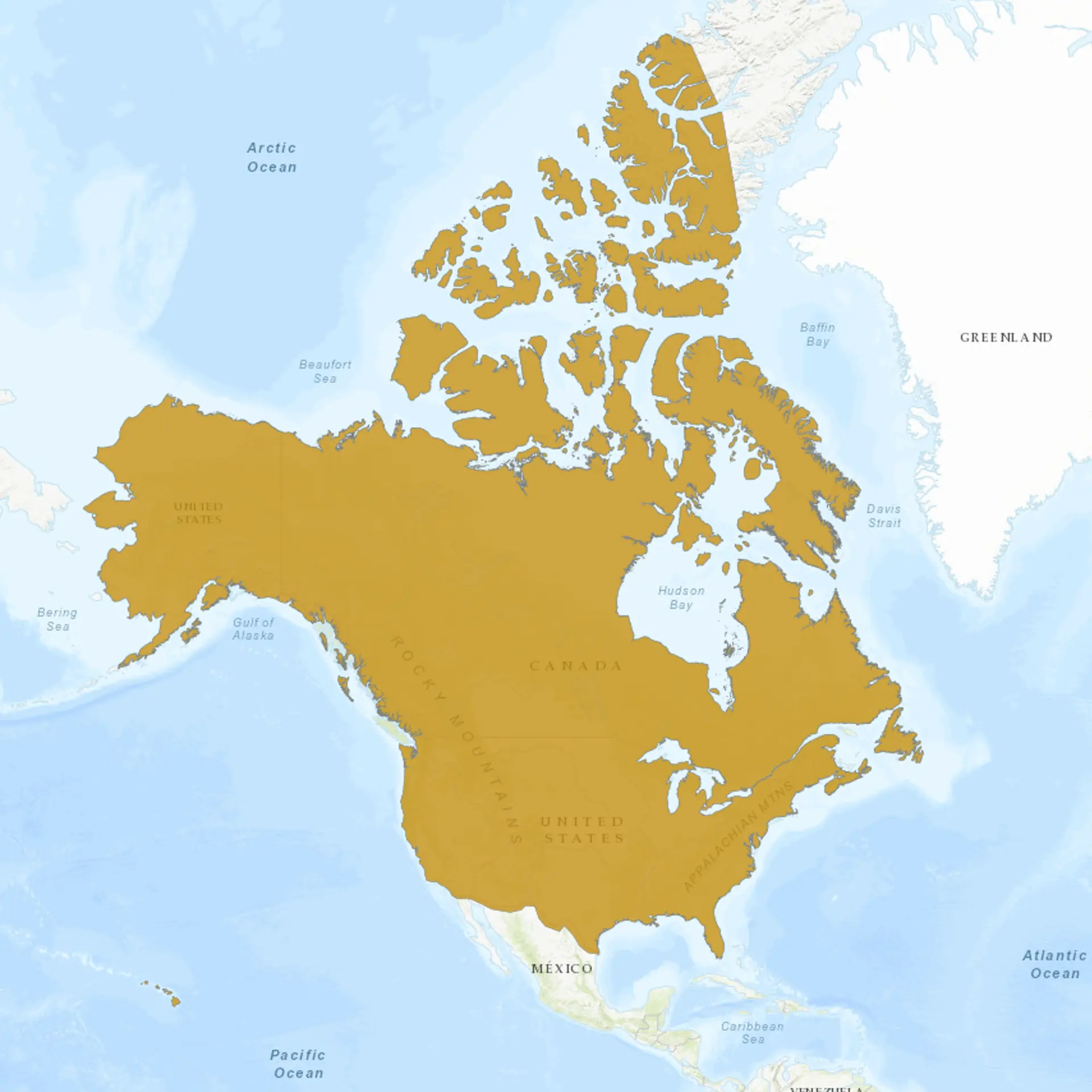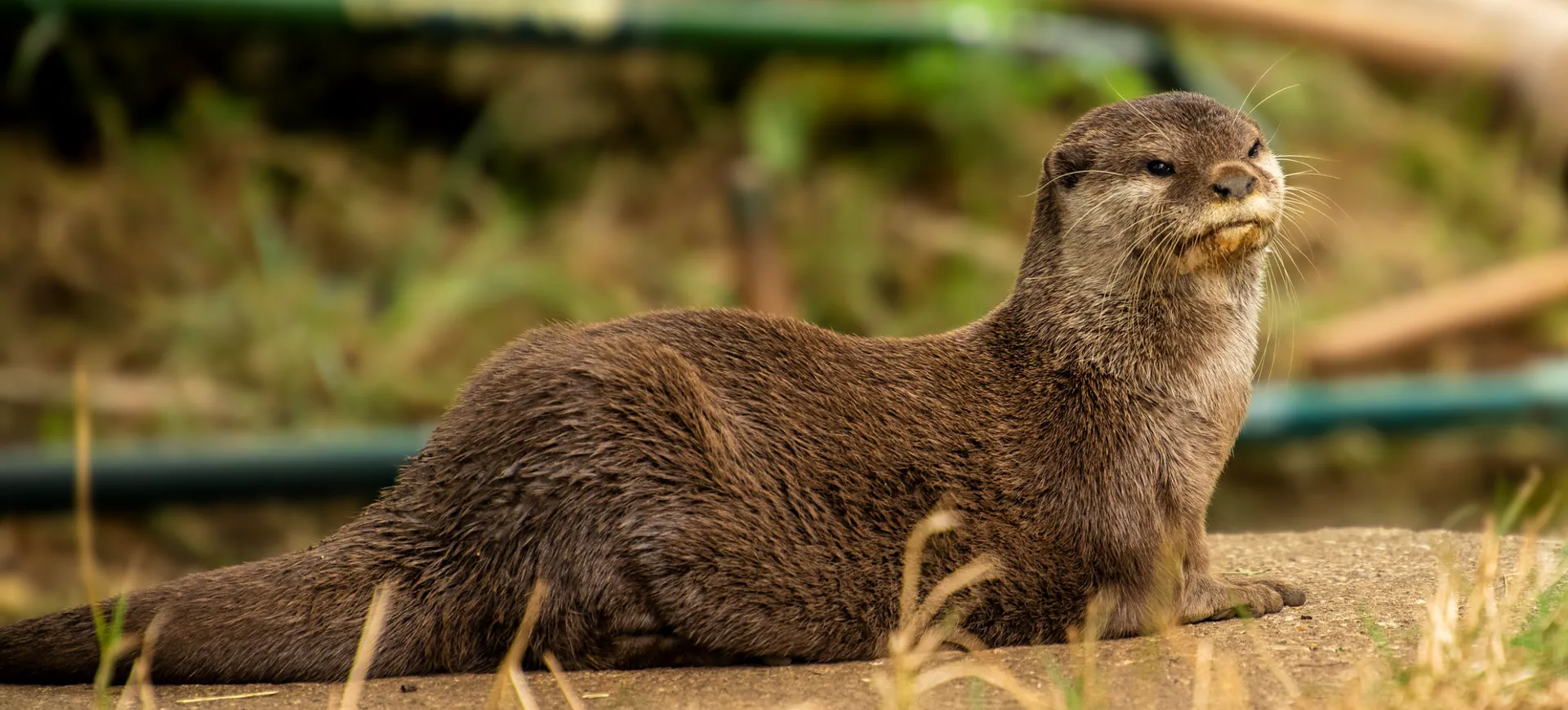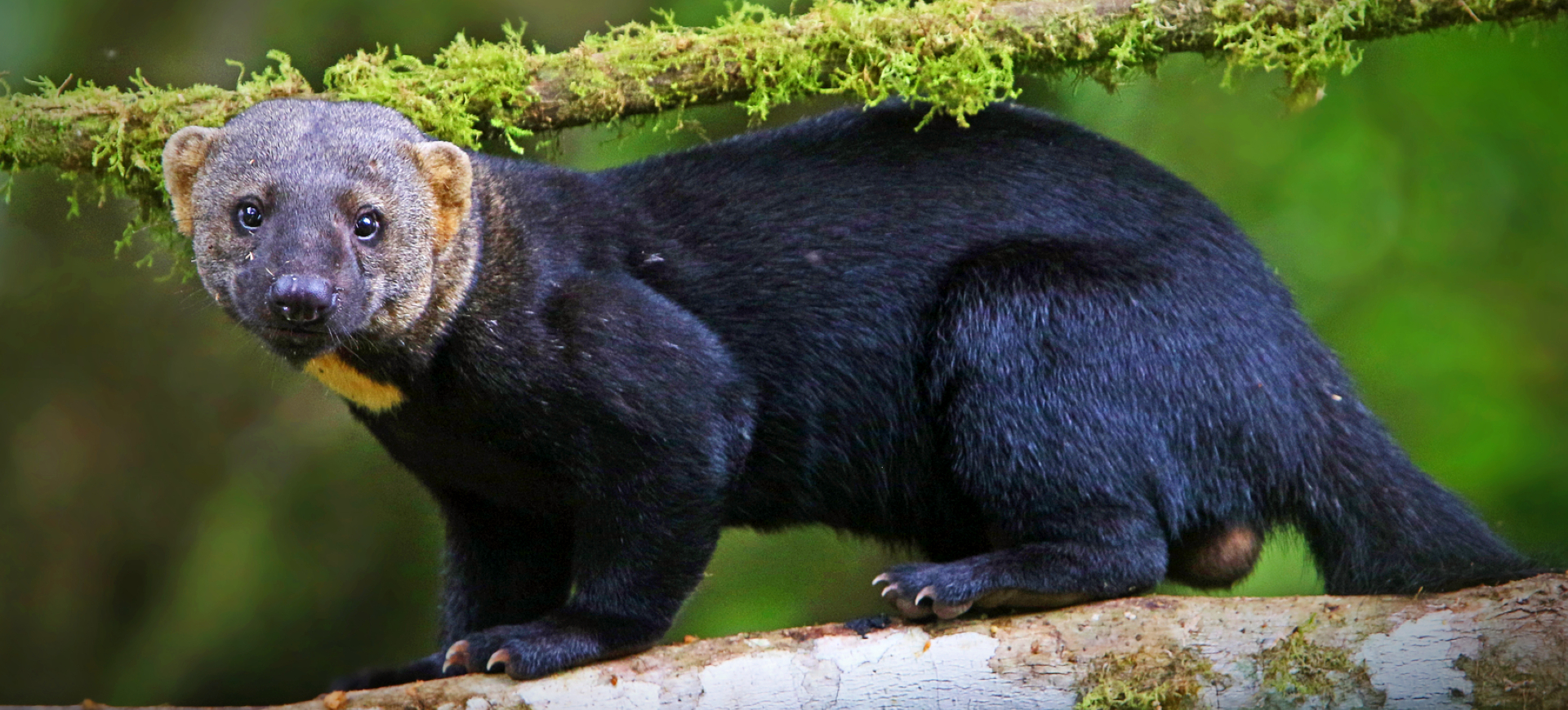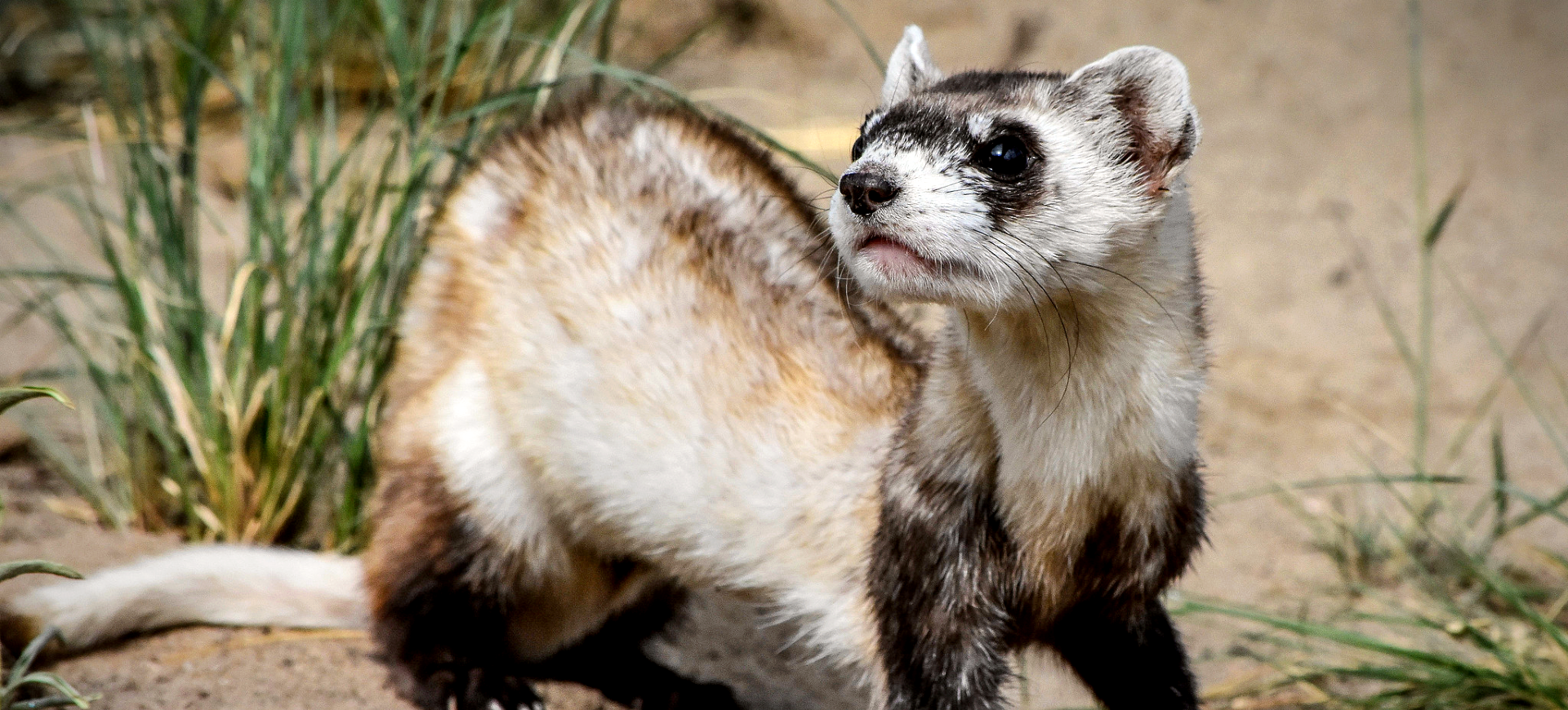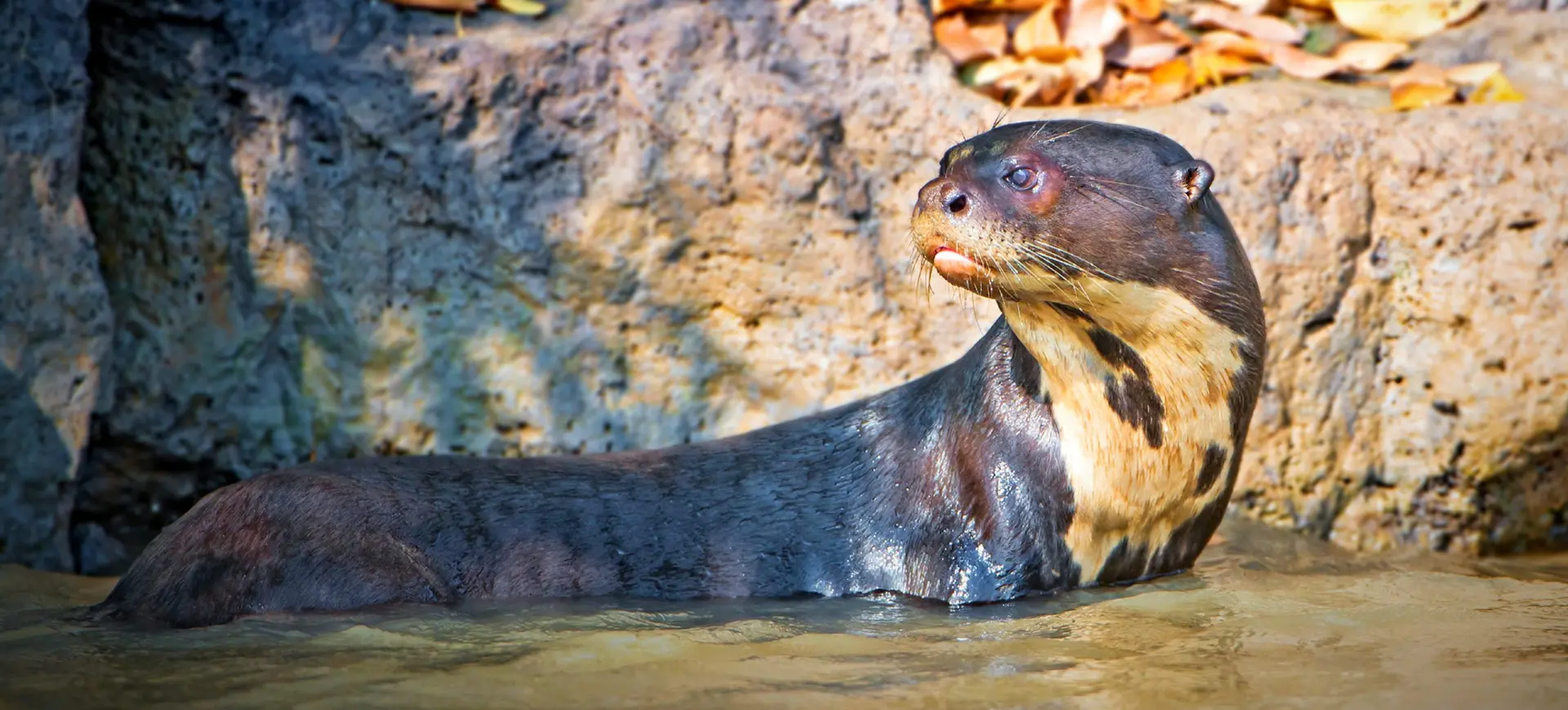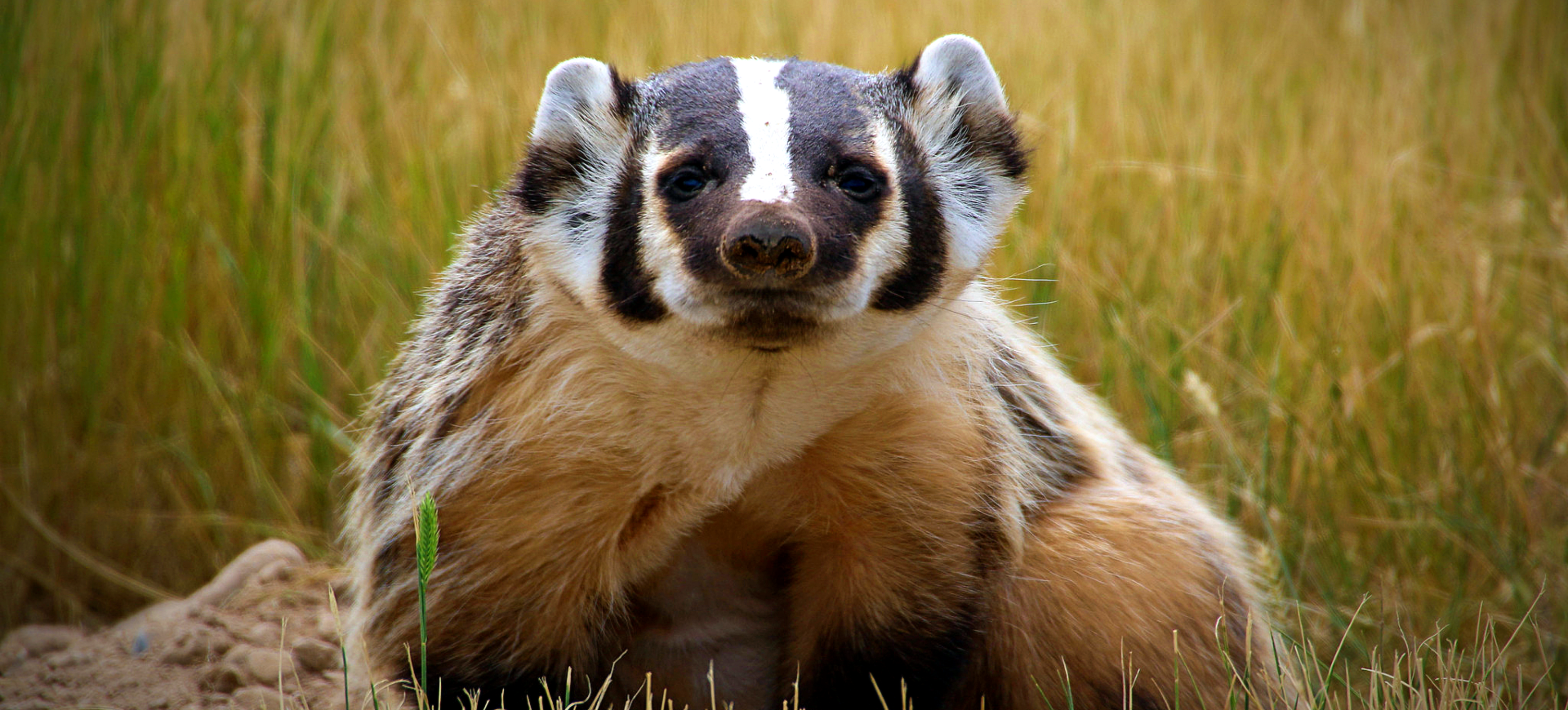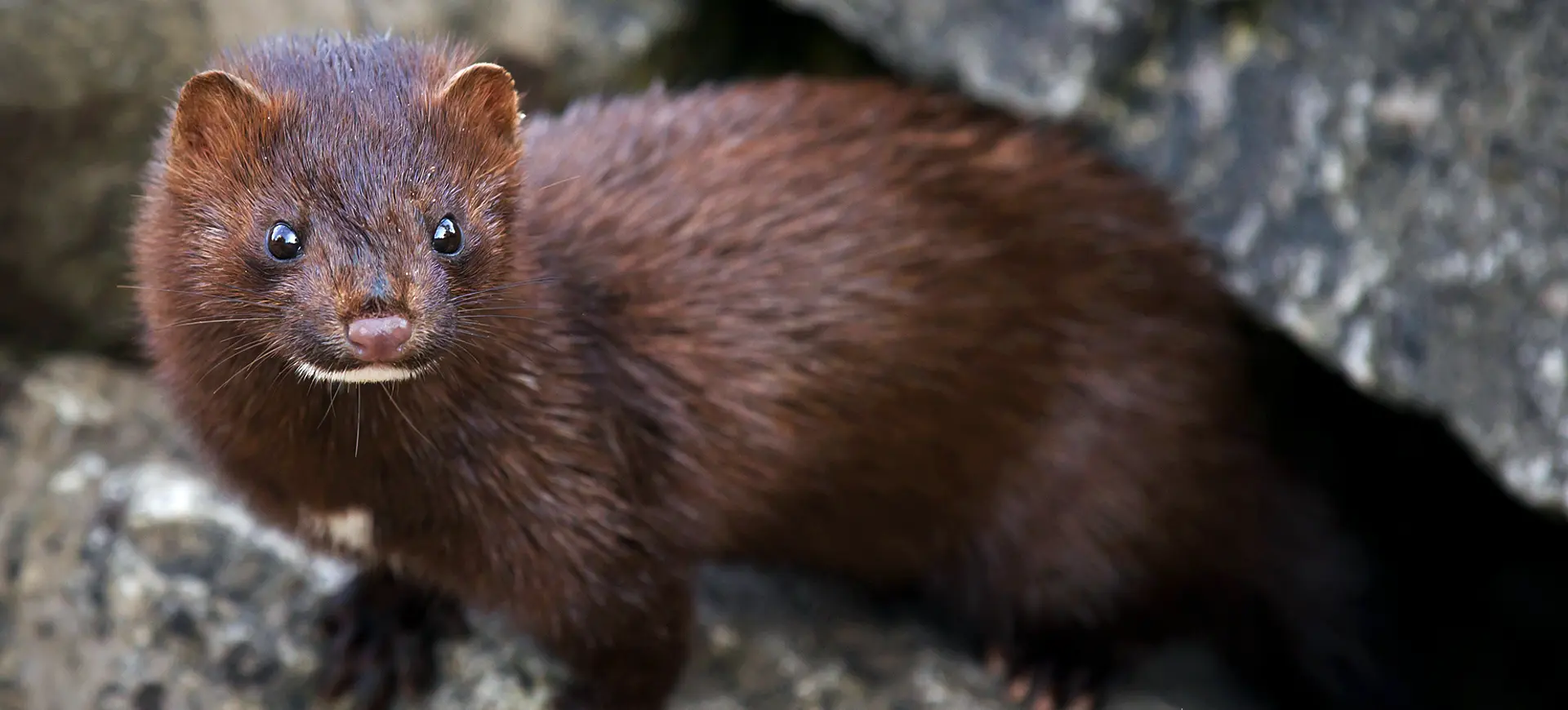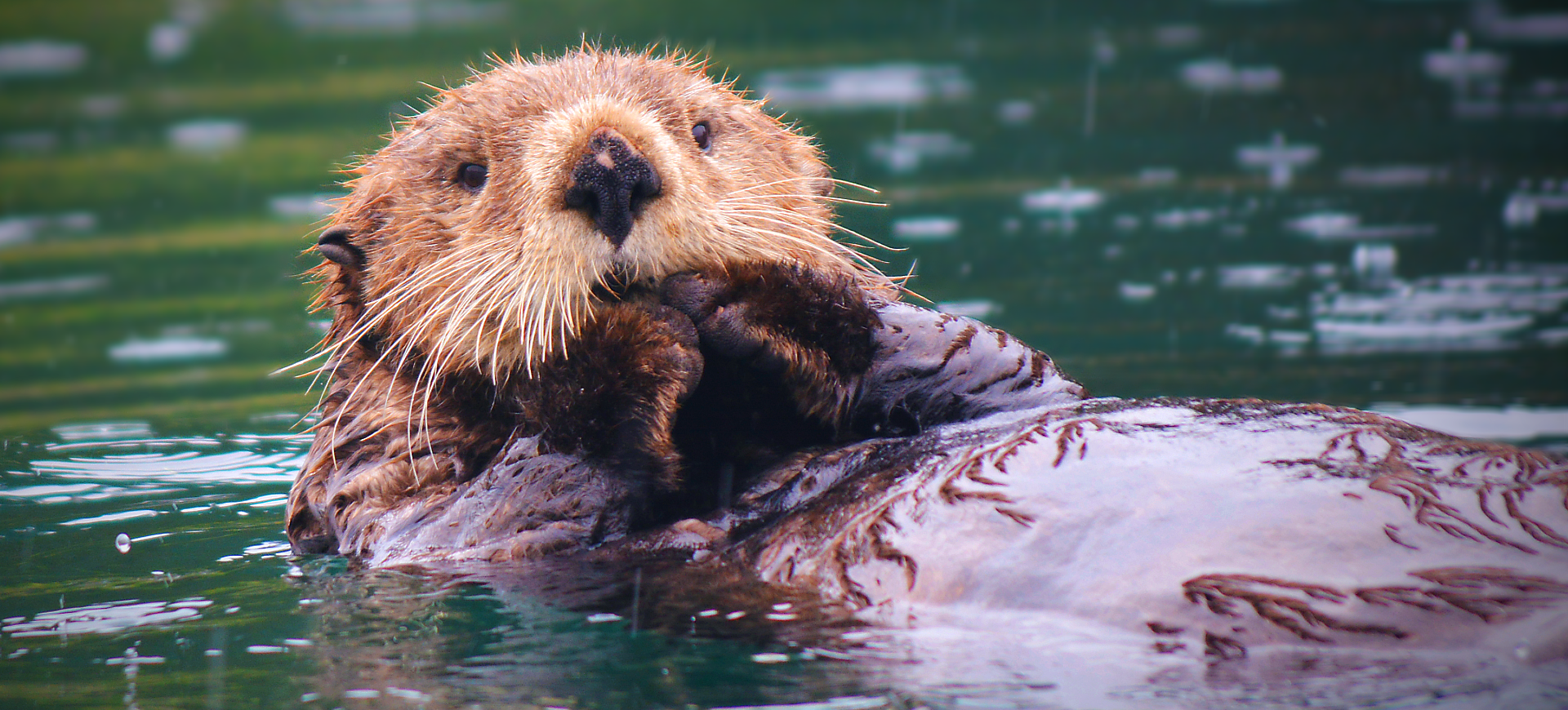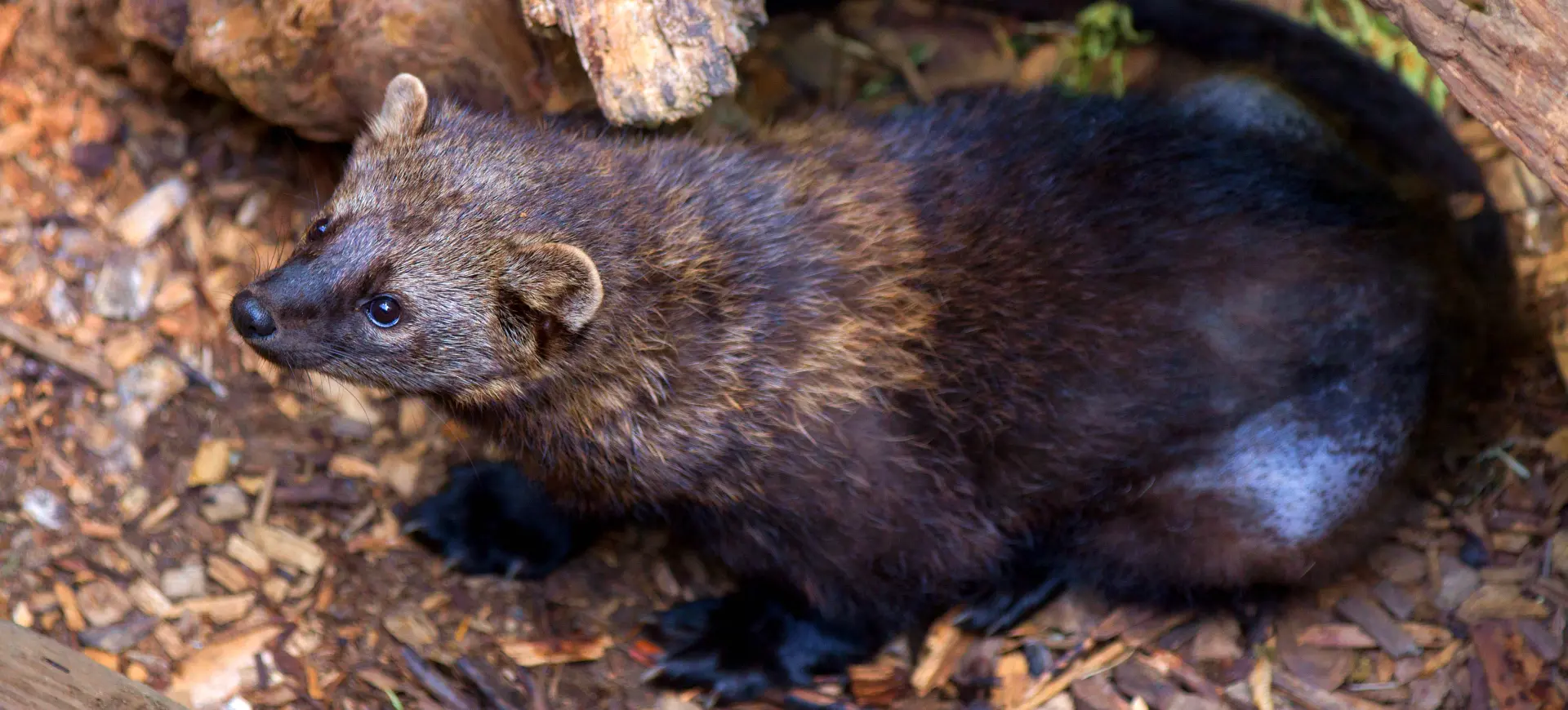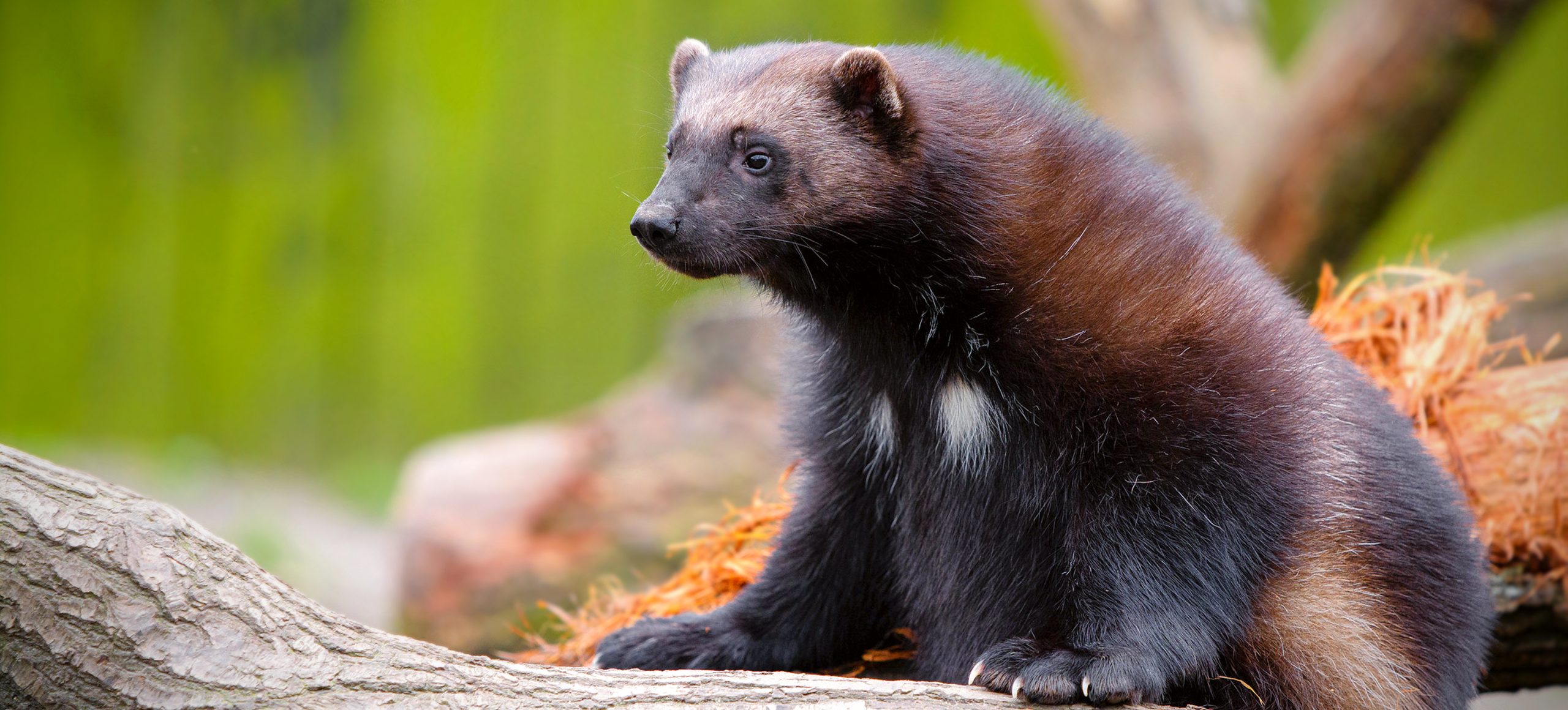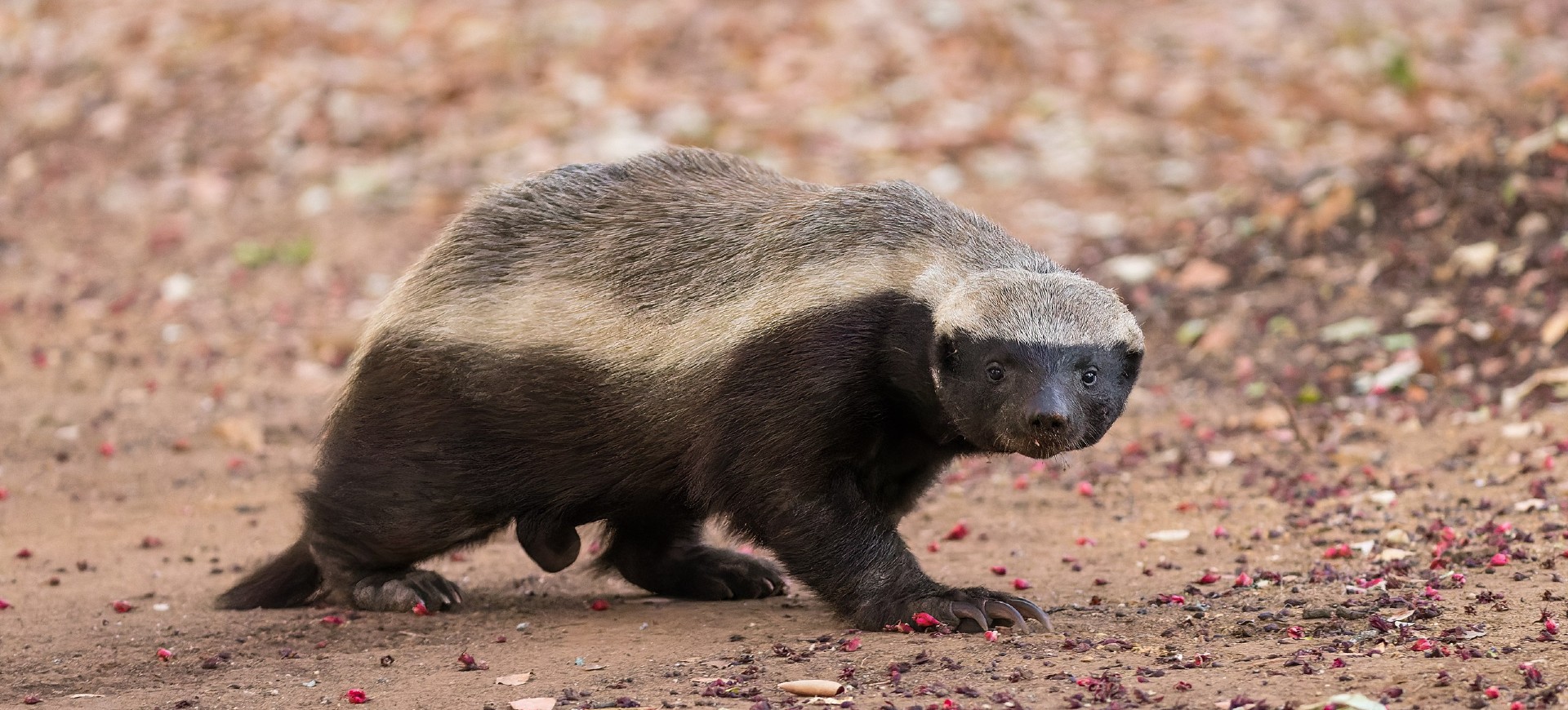Overview
The North American river otter, known for its playful behavior and agility, is a semiaquatic mammal native to North America. They are found in various freshwater habitats, including rivers, lakes, and coastal areas. River otters are highly social animals, often seen sliding down riverbanks and engaging in group play. Their presence is an indicator of a healthy aquatic ecosystem.
River otters have streamlined bodies that help them move swiftly through water. Their dense, water-repellent fur insulates them against cold water temperatures. Their webbed feet make them excellent swimmers who can hold their breath underwater for up to eight minutes. Otters are also known for their keen senses of sight, smell, and hearing, which aid them in hunting.
The diet of the North American river otter primarily consists of fish, but they also eat amphibians, crustaceans, and small mammals. They are skilled hunters, using their whiskers to detect prey in murky waters. River otters play a crucial role in controlling fish populations and maintaining the balance in their ecosystems. They are active year-round and do not hibernate, although their activity levels may decrease in harsh winter conditions.
Taxonomy
Kingdom
Phylum
Class
Order
Family
Genus
Species
Type
Current distribution:
The North American river otter's range extends across much of the United States and Canada, from the Gulf of Mexico to the Arctic Circle. Historically widespread, their populations declined significantly due to fur trapping, habitat loss, and water pollution. Today, they are most commonly found in the Pacific Northwest, the Great Lakes region, and the Atlantic coast. Efforts to reintroduce and protect otter populations have been successful in many areas, leading to a resurgence in their numbers.
In regions where their populations have recovered, river otters are often common in healthy, unpolluted waterways. They are less common in heavily industrialized or agricultural areas with poor water quality. Some states and provinces have active reintroduction programs to help restore otters to their historical ranges. Continued conservation efforts are essential to ensure the long-term stability of river otter populations across North America.
Physical Description:
The North American river otter has a sleek, elongated body covered in a thick layer of dark brown to almost black fur, with a lighter belly. Its dense and oily fur provides insulation and buoyancy in cold water. The otter has a broad head, small ears, and a long, muscular tail that tapers to a point. Its eyes and nostrils are positioned high on its head, allowing it to see and breathe while mostly submerged.
Adult males are generally larger than females, with males typically weighing between 20-30 lbs (9-14 kg) and females 15-25 lbs (7-11 kg). Males measure about 26-42 inches (66-107 cm) in body length, with an additional 12-20 inches (30-50 cm) for the tail, while females are slightly smaller. Otters have short, powerful legs with webbed feet and sharp claws, aiding their swimming and digging activities. Their vibrissae, or whiskers, are highly sensitive, helping them detect prey in low visibility conditions.

Lifespan: Wild ~8 years || Captivity: ~20 years

Weight: Male: 20-30 lbs (9-14 kg) || Female: 15-25 lbs (7-11 kg)

Length: Male: 26-42 in (66-107 cm) || Female: 24-36 in (61-91 cm)

Height: Male: 10-12 in (25-30 cm) || Female: 8-10 in (20-25 cm)

Top Speed: 8 mph (13 km/h) in water
Characteristic:
Native Habitat:
North American river otters inhabit various freshwater environments, including rivers, streams, lakes, ponds, and marshes. They are also found in coastal marine habitats such as estuaries and tidal creeks. River otters prefer abundant vegetation and stable water levels to support their prey populations. They build dens in burrows abandoned by other animals, under tree roots, or in the cavities of riverbanks.
These otters are highly adaptable and can live in various climatic conditions, from the United States and Canada temperate regions to the more frigid environments of Alaska. The availability of food and shelter often influences their habitat selection. Otters require clean water for hunting, and pollution or habitat destruction can severely impact their populations. Conservation efforts focus on preserving aquatic habitats and ensuring water quality to support healthy otter populations.
Climate Zones:
Biomes:
Biogeographical Realms:
Continents:
Countries:
Diet:
Diet & Feeding Habits:
The North American river otter is a carnivore with a diet that primarily includes fish, such as perch, suckers, and trout. They also consume amphibians, crayfish, crabs, and small mammals. Otters are opportunistic feeders, adapting their diet based on the seasonal availability of prey. They hunt using their sharp eyesight and sensitive whiskers to locate and capture prey underwater.
Otters typically consume their food immediately after catching it, often eating while floating on their backs. Their strong, sharp teeth are adapted for crushing the shells of crustaceans and fish bones. River otters play a key role in their ecosystems by controlling prey populations and maintaining a balanced aquatic environment. Their feeding habits can also indicate the health of the water bodies they inhabit, as they require clean, unpolluted water for hunting.
Mating Behavior:
Mating Description:
North American river otters have a polygynous mating system, where one male mates with multiple females. Mating typically occurs in late winter or early spring, and females give birth once a year. The gestation period includes a phase of delayed implantation, lasting about 10-12 months. This reproductive strategy ensures that pups are born during a time of year when conditions are optimal for their survival.
Males do not recharge the young, leaving the females to care for the pups alone. Female otters give birth to litters of 1-6 pups, typically in a den near water. The pups are born blind and helpless, relying entirely on their mother for warmth, protection, and nourishment. They begin to swim at about two months old and are fully weaned by the time they are three to four months old.
Reproduction Season:
Birth Type:
Pregnancy Duration:
Female Name:
Male Name:
Baby Name:
Social Structure Description:
North American river otters are social animals, often living in family groups consisting of a mother and her offspring. Adult males typically lead solitary lives except during the mating season. Otters communicate using a variety of vocalizations, body language, and scent markings to establish territories and social bonds. They are known for their playful behavior, which includes sliding on mud and snow, wrestling, and chasing each other.
These playful activities are believed to strengthen social bonds and improve hunting skills. Otters have complex social hierarchies within their groups, with dominant individuals accessing the best resources. They are territorial animals, with territories marked by scent glands located near the base of their tails. Social interactions and group cohesion are vital for their survival and reproductive success.
Groups:
Conservation Status:
Population Trend:
Due to successful conservation efforts, North American river otter populations have rebounded in many areas. Populations are stable or increasing across much of their range, particularly in regions where water quality and habitat conditions have improved. The reintroduction programs have helped reestablish otter populations in areas where they were previously extirpated. Continued monitoring and habitat protection are necessary to maintain these positive trends.
Despite these successes, some regional populations remain vulnerable due to ongoing threats such as pollution, habitat destruction, and human encroachment. Conservationists emphasize the importance of clean water and protected habitats for the long-term viability of otter populations. Public awareness and education about otters’ ecological role also contribute to their conservation. Collaborative efforts between governments, NGOs, and local communities are crucial for the ongoing protection of this species.
Population Threats:
Major threats to North American river otter populations include water pollution, habitat destruction, and human activities such as trapping and hunting. Industrial pollutants, agricultural runoff, and urban development can degrade water quality and reduce prey availability. Loss of riparian vegetation and wetland habitats further impacts their ability to find suitable den sites and food sources. Climate change also poses a long-term threat by altering water temperatures and affecting the distribution of aquatic prey.
Additionally, accidental capture in fishing gear and collisions with vehicles are significant causes of mortality. While regulated trapping is allowed in some regions, unregulated or illegal hunting still poses a risk in certain areas. Conservationists work to mitigate these threats through habitat restoration, pollution control, and public education. Legal protections and enforcement are also vital in ensuring the survival of river otters.
Conservation Efforts:
Conservation efforts for North American river otters include habitat protection, pollution reduction, and reintroduction programs. Wetland restoration and the preservation of riparian corridors are critical for providing the necessary resources for otters to thrive. Water quality improvement initiatives, such as reducing agricultural runoff and controlling industrial pollution, are essential for maintaining healthy otter populations. Reintroduction programs have successfully reestablished otter populations in areas where they were previously extirpated.
Public education campaigns aim to raise awareness about river otters’ importance and role in aquatic ecosystems. Collaborative efforts between governmental agencies, non-governmental organizations, and local communities are crucial for the success of these conservation strategies. Legal protections, such as those provided by the Endangered Species Act in certain regions, help safeguard otter populations from overexploitation. Continued research and monitoring are necessary to track population trends and address emerging threats.
Additional Resources:
Fun Facts
- North American river otters can close their ears and nostrils to prevent water from entering while swimming.
- They can swim up to 7 mph (11 km/h) and dive to depths of 60 feet (18 meters).
- Otters use their long, sensitive whiskers to detect prey movements in the water.
- They have a playful nature and often slide down riverbanks or play in the water.
- River otters can remain submerged for up to eight minutes while hunting.
- Their dens, known as holts, are often in the caves of other animals or natural cavities along riverbanks.
- Otters have a high metabolic rate, requiring them to eat frequently to maintain their energy levels.
- Their specialized larynx allows them to produce a wide range of vocalizations.
- River otters are excellent climbers and can ascend trees to escape predators or search for food.
- They are considered keystone species, playing a crucial role in maintaining the health and balance of aquatic ecosystems.


